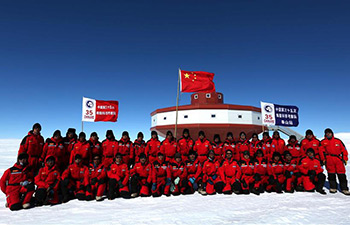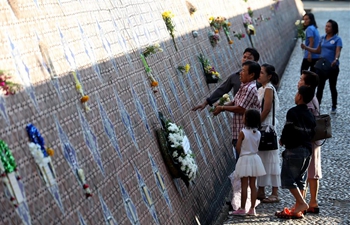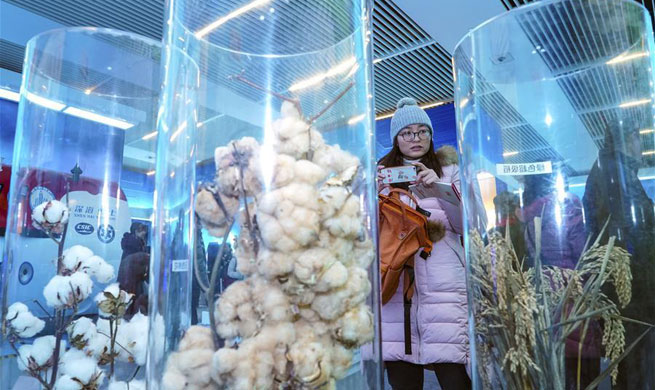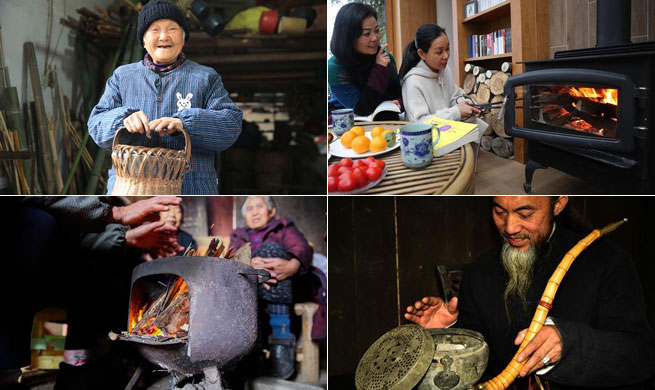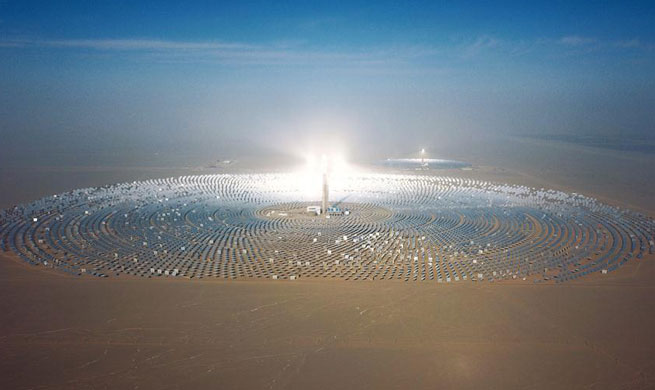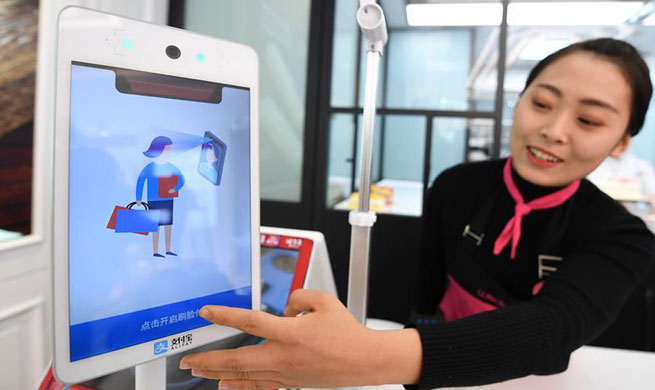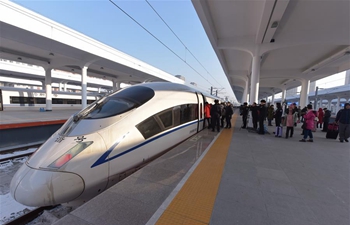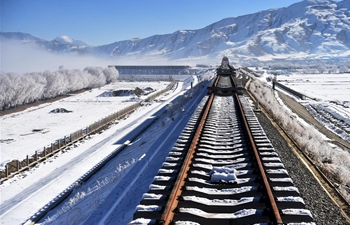SEOUL, Dec. 28 (Xinhua) -- South Korea's industrial output and facility investment fell in November amid lingering economic uncertainties, a government report showed Friday.
Production in all industries shrank 0.7 percent in November from a month earlier, after growing 0.8 percent in the previous month, according to Statistics Korea.
The country's industrial output rose in July and August, but it slumped 1.4 percent in September.
Production in the manufacturing and mining industries shed 1.7 percent last month. Output in clothing gained 11.6 percent, but those for communication equipment and semiconductor lost ground in the month.
Output in semiconductor, which has led the country's export for the past year, showed a clear downward trend in recent months.
The chip production dipped for three months to September, before rebounding in October. However, it reduced 5.2 percent in November from a month ago.
Semiconductor shipment tumbled 16.3 percent in the month, marking the biggest fall since December 2008 when the global financial crisis roiled the South Korean economy.
It led to weaker activity in the overall manufacturing sector. Manufacturers posted an average capacity ratio of 72.7 percent in November, down 1.1 percentage points from the prior month.
Production in the services industry shed 0.2 percent in November from a month earlier.
Facility investment declined 5.1 percent last month, logging the biggest fall in five months. It was the first reduction in three months.
The capital spending turned downward as SK Hynix, which had led the recent facility investment growth, completed the construction work to expand its chip-making factories.
Investment in the construction sector lost 0.9 percent, keeping a downward trend for the fourth consecutive month.
Local companies refrained from making new investment amid the lingering external uncertainties, such as the trade conflict among major economies and the normalization of monetary policy stance in advanced economies.
South Korea's central bank raised its benchmark interest rate only once this year to 1.75 percent from 1.50 percent in late November, while the U.S. Federal Reserve hiked its target rate four times this year by a quarter percentage point to a range of 2.25-2.50 percent in December.
Despite the widened differential in policy rates between South Korea and the United States, the Bank of Korea (BOK) said it would maintain its accommodative monetary policy stance next year because of economic uncertainties.
Meanwhile, the retail sales index, which reflects private consumption, grew 0.5 percent in November from a month earlier, after rising 0.2 percent in October.
The country's minimum wage would be raised by a double-digit for two straight years next year as the government pushed for an income-led growth policy to narrow income inequality by raising earnings of the low-income bracket.
Completed construction fell for the fourth consecutive month through November as the real estate market fell into a slump following the government's measures to control speculative investment in the property market.
The cyclical factor for leading indicators, which gauges outlook for future economic conditions, shed 0.2 points in November from a month ago. It marked the sixth consecutive month of decline.
The figure for coincident indicators maintained a downward trend for eight months in a row.



